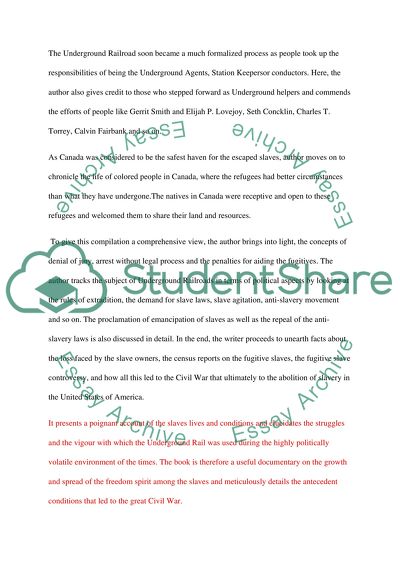Cite this document
(“Book Review on the book The Underground Railroad From Slavery To Essay”, n.d.)
Retrieved de https://studentshare.org/history/1391478-book-review-on-the-book-the-underground-railroad
Retrieved de https://studentshare.org/history/1391478-book-review-on-the-book-the-underground-railroad
(Book Review on the Book The Underground Railroad From Slavery To Essay)
https://studentshare.org/history/1391478-book-review-on-the-book-the-underground-railroad.
https://studentshare.org/history/1391478-book-review-on-the-book-the-underground-railroad.
“Book Review on the Book The Underground Railroad From Slavery To Essay”, n.d. https://studentshare.org/history/1391478-book-review-on-the-book-the-underground-railroad.


